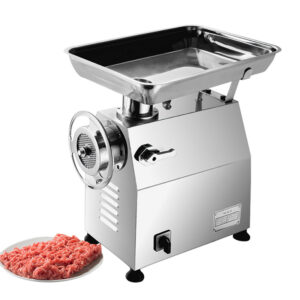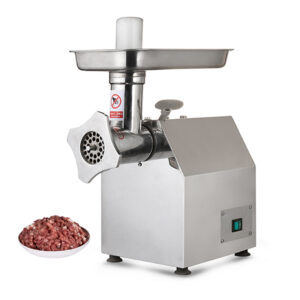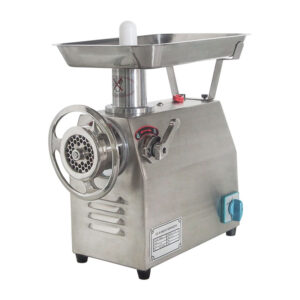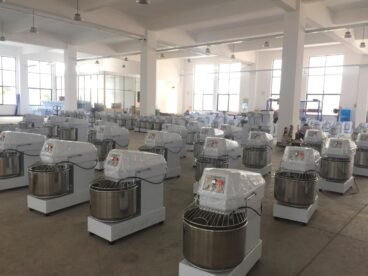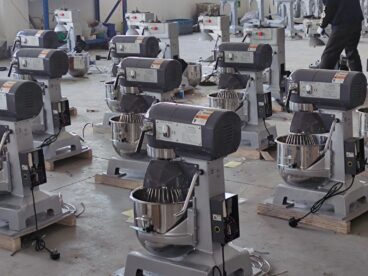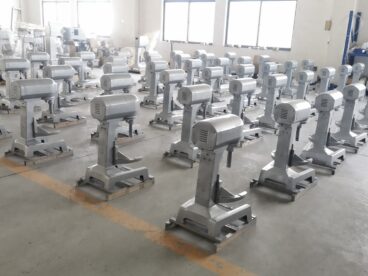Introduction
The culinary world is abundant with various kitchen gadgets, and two commonly confused appliances are meat grinders and mincers. Despite their seemingly interchangeable names, these tools serve distinct purposes in the kitchen. In this comprehensive article, we will delve into the nuances that differentiate a meat grinder from a mincer, exploring their designs, functionalities, and the specific culinary tasks each excels at.
Definitions and Functions
Let’s start by establishing clear definitions for both the meat grinder and the mincer. A meat grinder, as the name implies, is designed to grind meat into smaller particles. On the other hand, a mincer is crafted to mince or finely chop meat into smaller pieces. While the terms “grinding” and “mincing” might sound synonymous, the appliances’ functionalities showcase subtle yet crucial differences.
Design Variances
One of the primary distinctions lies in the design of these kitchen tools. Meat grinders often feature a variety of blades and grinding plates, allowing users to control the coarseness of the meat. They may also include additional attachments for various culinary applications. Mincers, on the other hand, typically have a simpler design with a focus on finely chopping meat. Understanding these design variances is essential to grasp how each tool contributes to the kitchen workflow.
Functionality Variation
The core functionality of meat grinders revolves around grinding meat to achieve the desired texture, whether coarse or fine. Meat grinders are versatile and can handle different types of meat, making them a go-to tool for preparing sausages, burgers, and more. In contrast, mincers excel at finely chopping meat, making them ideal for recipes where a smoother texture is desired, such as certain types of sausages or spreads.
Culinary Applications
To further illustrate their differences, let’s explore the diverse culinary applications of these tools. Meat grinders shine when crafting homemade burgers with custom blends of meat, preparing flavorful sausages with distinct textures, and creating meatballs with unique consistencies. Mincers, with their emphasis on finely chopping, are perfect for recipes like pâtés, spreads, and specific sausage varieties that benefit from a smoother meat texture.
Advantages and Disadvantages
Understanding the advantages and disadvantages of both meat grinders and mincers is crucial for informed decision-making in the kitchen. Meat grinders provide flexibility in texture, allowing users to experiment with various coarseness levels. However, they may require more effort to clean due to their intricate components. Mincers, while excelling in achieving a finer texture, might be less versatile for coarser grinding tasks.
Choosing the Right Appliance
Selecting the appropriate kitchen appliance depends on your culinary preferences and the specific tasks you aim to accomplish. If you enjoy experimenting with different meat blends and textures, a meat grinder might be the better choice. Conversely, if your focus is on achieving a consistently fine texture in your dishes, a mincer could be the ideal companion.
Real-Life Scenarios
To bring these differences to life, consider real-life scenarios where choosing between a meat grinder and a mincer can make a noticeable impact. Imagine a culinary enthusiast preparing a gourmet burger with a customized meat blend using a meat grinder or a chef meticulously crafting a smooth chicken liver pâté with a mincer. These scenarios highlight the practical implications of understanding the distinctions between these kitchen tools.
Conclusion
In conclusion, while the terms “meat grinder” and “mincer” are often used interchangeably, their differences are significant in the culinary world. Whether you are a home cook looking to enhance your kitchen arsenal or a professional chef aiming for precision in your dishes, recognizing the unique features and functionalities of meat grinders and mincers is paramount. With this knowledge, you can confidently choose the right tool for your culinary endeavors, elevating your cooking experiences to new heights.



